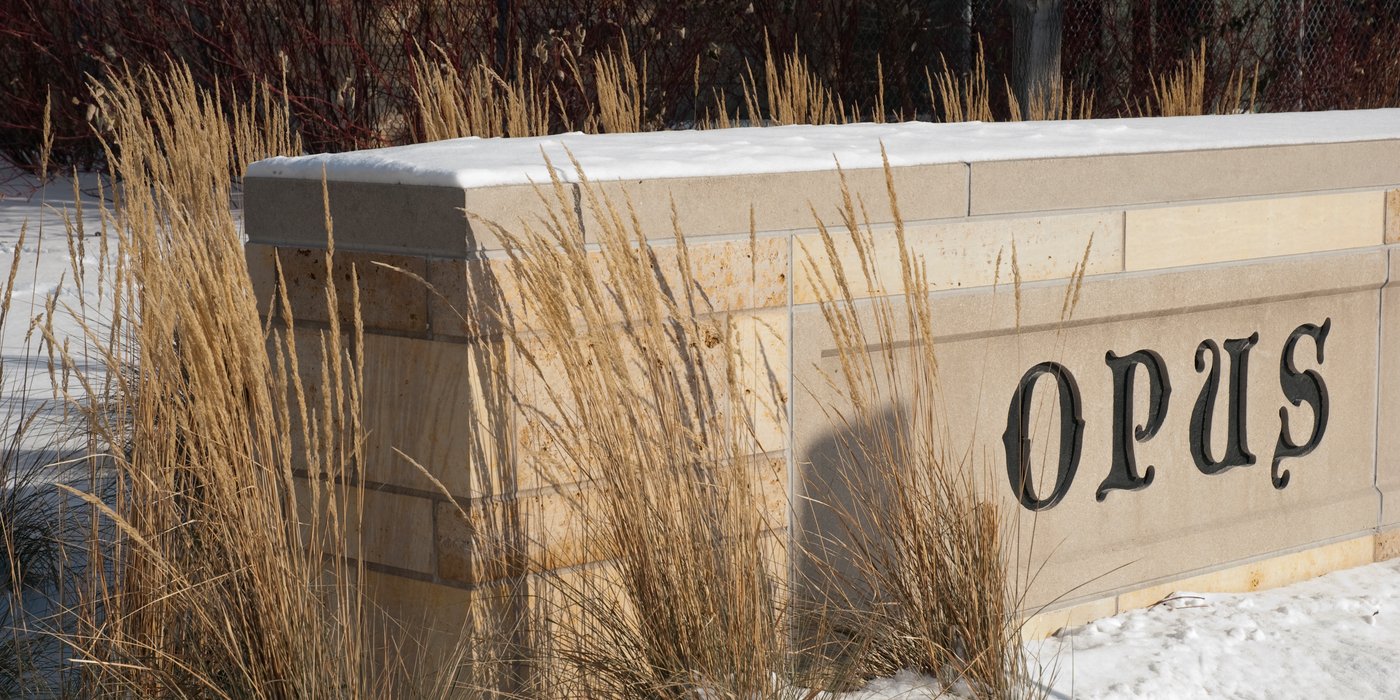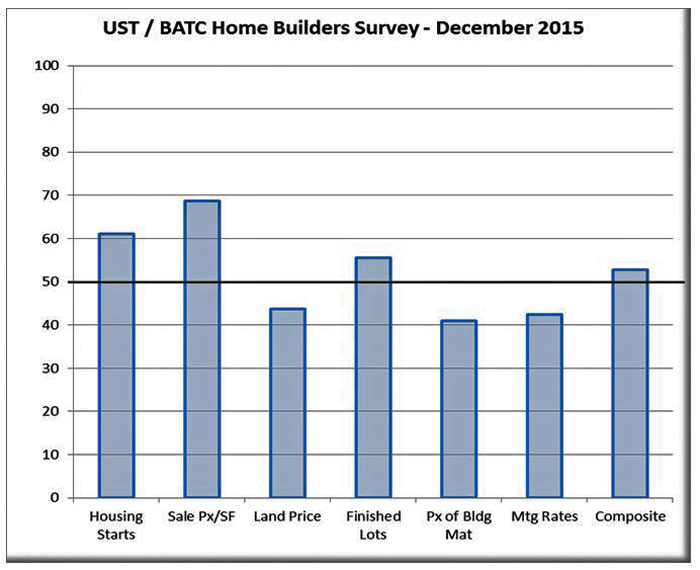Leaders in the Twin Cities single-family-home-construction industry are “slightly optimistic” about market conditions for the coming year. That’s according to a new survey conducted by the University of St. Thomas Shenehon Center for Real Estate in partnership with the Builders Association of the Twin Cities.
The Twin Cities Home Builders Survey is patterned after St. Thomas’ Minnesota Commercial Real Estate Survey that began in 2010. The new survey will poll the same panel of 35 industry leaders every three months about their expectations in six key areas of the housing market one year in the future.
These experts are asked to assign a number of zero to 100 for each of the six questions. A midpoint score of 50 is neutral; scores higher than 50 indicate a more favorable outlook and scores lower than 50 indicate a more pessimistic outlook. The survey also provides a composite score, or overall average, for the six questions.
“The industry leaders we will poll each quarter are actively engaged in studying both the demand and supply side of the housing market,” said Herb Tousley, director of real estate programs at the university. “Since they are involved in creating new housing units and adjusting supply-to-demand conditions, these individuals are close to the actual changes taking place in the market.”
The first survey, conducted in December 2015, produced a composite index of 53. David Siegel, executive director of the Builders Association of the Twin Cities, believes the survey results will offer the industry useful insights and predictions over time.
“Coming off a flat 2015 for the home building industry, this is a great sign that our builders are optimistic for brighter year ahead,” said Siegel. “Our initial survey results reflect a mixed optimism in some areas and pessimism in others, and we hope our members use this information to stay ahead of trends and issues.”
Here are the scores for each of the six questions:
Housing Starts: 61
This score indicates an optimistic expectation by the panel that the number of new single-family housing starts will increase in the coming year.
Square-foot sale price: 69
This reflects the panel’s strong belief that sale prices will be significantly higher a year from now.
Land prices: 44
This indicates a concern that some of the gains from increased sale prices and more building starts could be offset by higher land costs.
Availability of finished lots: 56
This indicates modest optimism that there will be more finished lots available over the next 12 months. That’s a good thing for the market since it helps moderate land prices and encourages more construction.
Cost of building materials: 41
Like land prices, this score indicates a concern that some of the gains from increased sale prices and more building starts could be offset by the higher costs of building materials.
Mortgage rates: 42
This reflects the panel’s expectation that mortgage rates are going to increase moderately over the next year.
“This initial survey gives us a baseline to compare with future surveys,” Tousley said. “As we accumulate a number of surveys over the next few years, the results will start to show market trends that will be useful as a forecasting tool.”
More Information
Additional details can be found on the Shenehon Center’s website.








